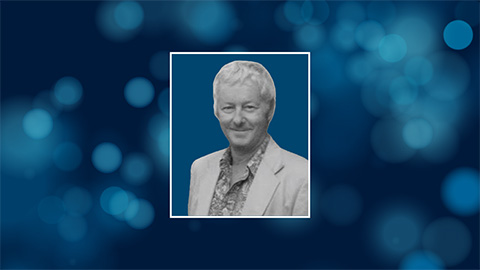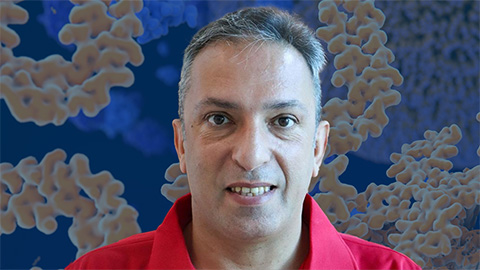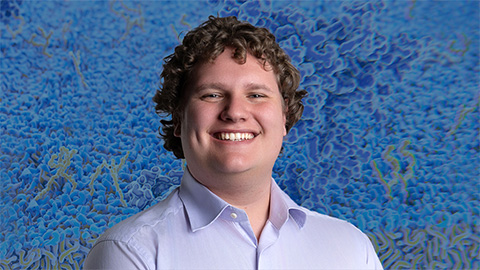EMBO names new members



Three members of the American Society for Biochemistry and Molecular Biology have been recognized by EMBO, an organization of researchers that promotes excellence in the life sciences in Europe and around the world. Ralf Erdmann and Michiel Vermeulen were named EMBO members this year, and Jamie Rossjohn was named an associate member.
Erdmann is a professor of biochemistry and pathobiology at Ruhr-Universität in Bochum, Germany. His lab investigates the biogenesis of peroxisomes with emphasis on the transport of folded proteins into the peroxisomal matrix and screening of corresponding inhibitors as new drugs against parasite diseases. The lab’s contributions include the discovery of peroxins, the AAA-family of ATPases, the peroxisomal exportomer, transient peroxisomal protein translocation pores, alternative peroxisomal import pathways and novel drugs against parasitic diseases. Erdmann served from 2010 to 2016 on the editorial board of the Journal of Biological Chemistry.
Vermeulen is a professor of molecular biology and director of the Radboud Institute for Molecular Life Sciences at Radbout Universiteit. His lab uses quantitative mass spectrometry–based interaction proteomics and next- generation DNA sequencing technology to decipher genetic and epigenetic regulation of gene expression in stem cells and to study deregulation of gene expression in cancer. Vermeulen is a member of the editorial board of Molecular & Cellular Proteomics.
Rossjohn is a professor of biochemistry and molecular biology at the Biomedicine Discovery Institute at Monash University in Melbourne, Australia. His lab investigates the molecular bases underpinning protective and aberrant immunity. This includes studying how T-cell receptors and natural killer cells recognize peptides presented by molecules encoded by the major histocompatibility complex and how T-cell receptors recognize lipids and metabolites presented by the CD1 family and MR1, respectively. Rossjohn was recently elected a fellow of the Royal Society.
Enjoy reading ASBMB Today?
Become a member to receive the print edition four times a year and the digital edition monthly.
Learn moreGet the latest from ASBMB Today
Enter your email address, and we’ll send you a weekly email with recent articles, interviews and more.
Latest in People
People highlights or most popular articles

In memoriam: Michael J. Chamberlin
He discovered RNA polymerase and was an ASBMB member for nearly 60 years.

Building the blueprint to block HIV
Wesley Sundquist will present his work on the HIV capsid and revolutionary drug, Lenacapavir, at the ASBMB Annual Meeting, March 7–10, in Maryland.

In memoriam: Alan G. Goodridge
He made pioneering discoveries on lipid metabolism and was an ASBMB member since 1971.

Alrubaye wins research and teaching awards
He was honored at the NACTA 2025 conference for the Educator Award and at the U of A State and National Awards reception for the Faculty Gold Medal.

Designing life’s building blocks with AI
Tanja Kortemme, a professor at the University of California, San Francisco, will discuss her research using computational biology to engineer proteins at the 2026 ASBMB Annual Meeting.

Jordahl named Gilliam Fellow
He will receive three years of funding to support his thesis research.
